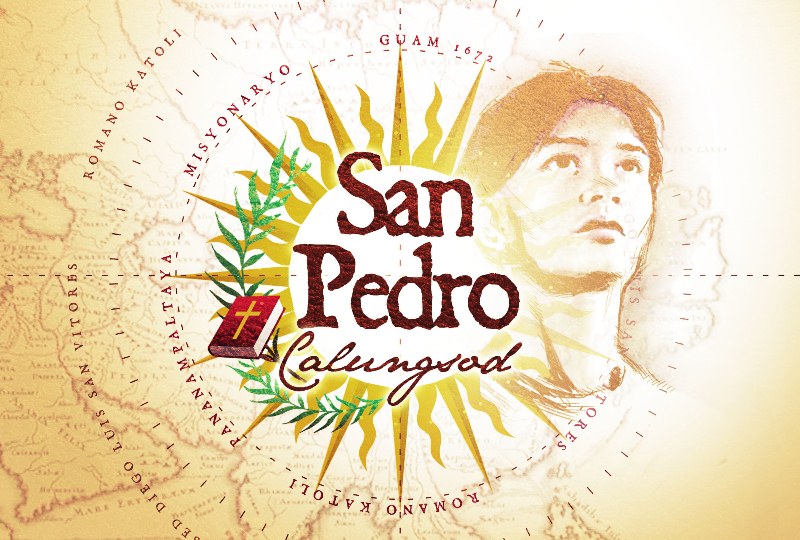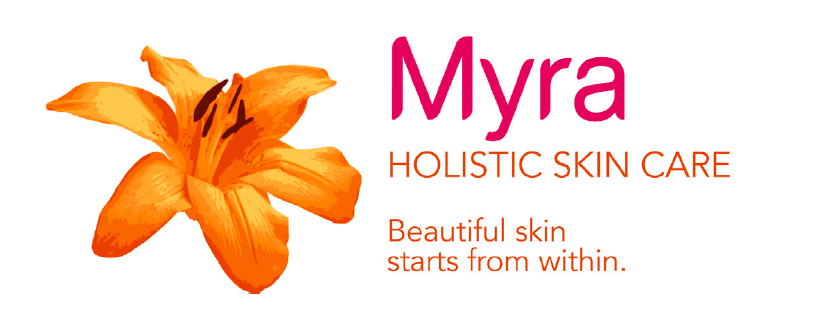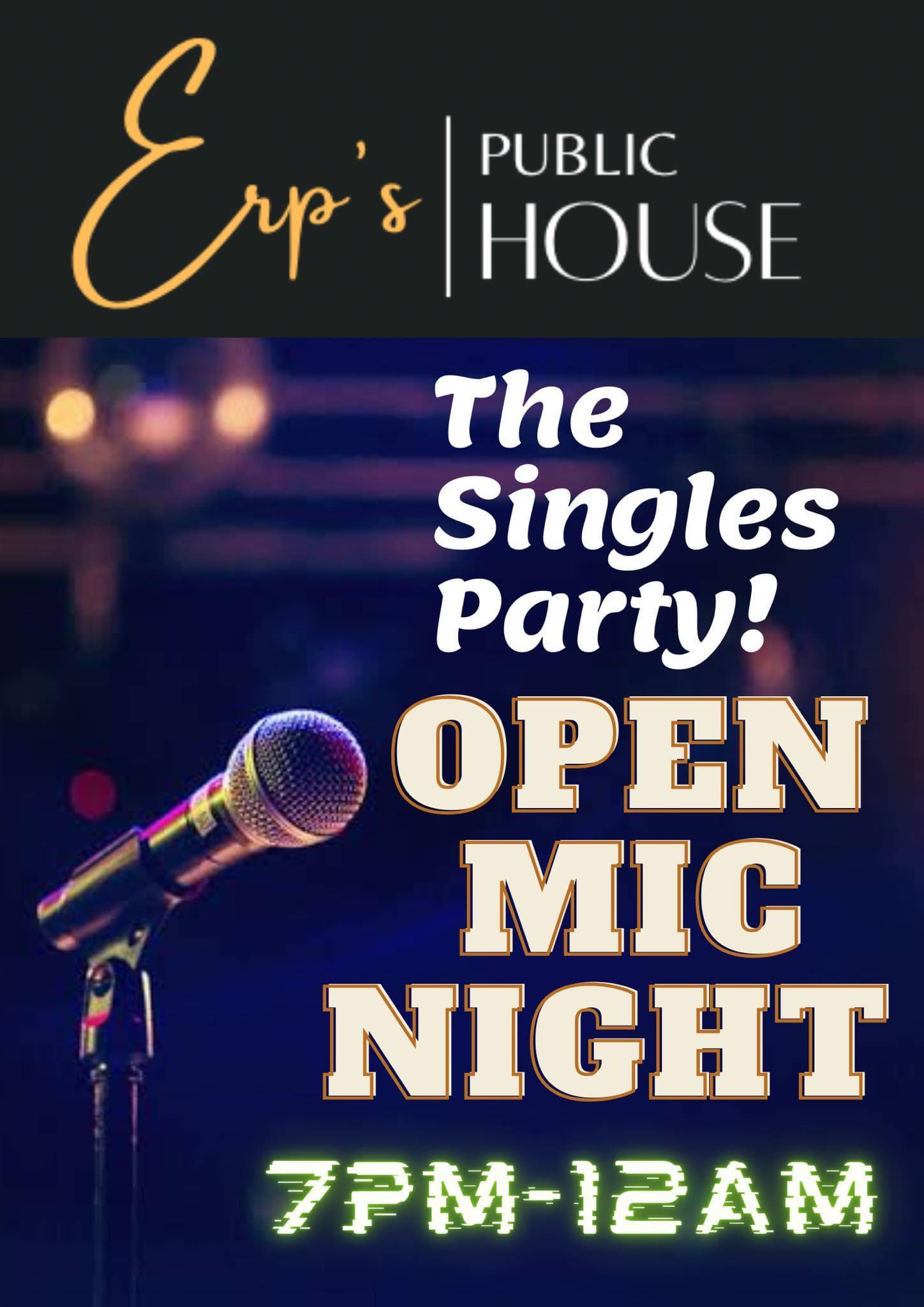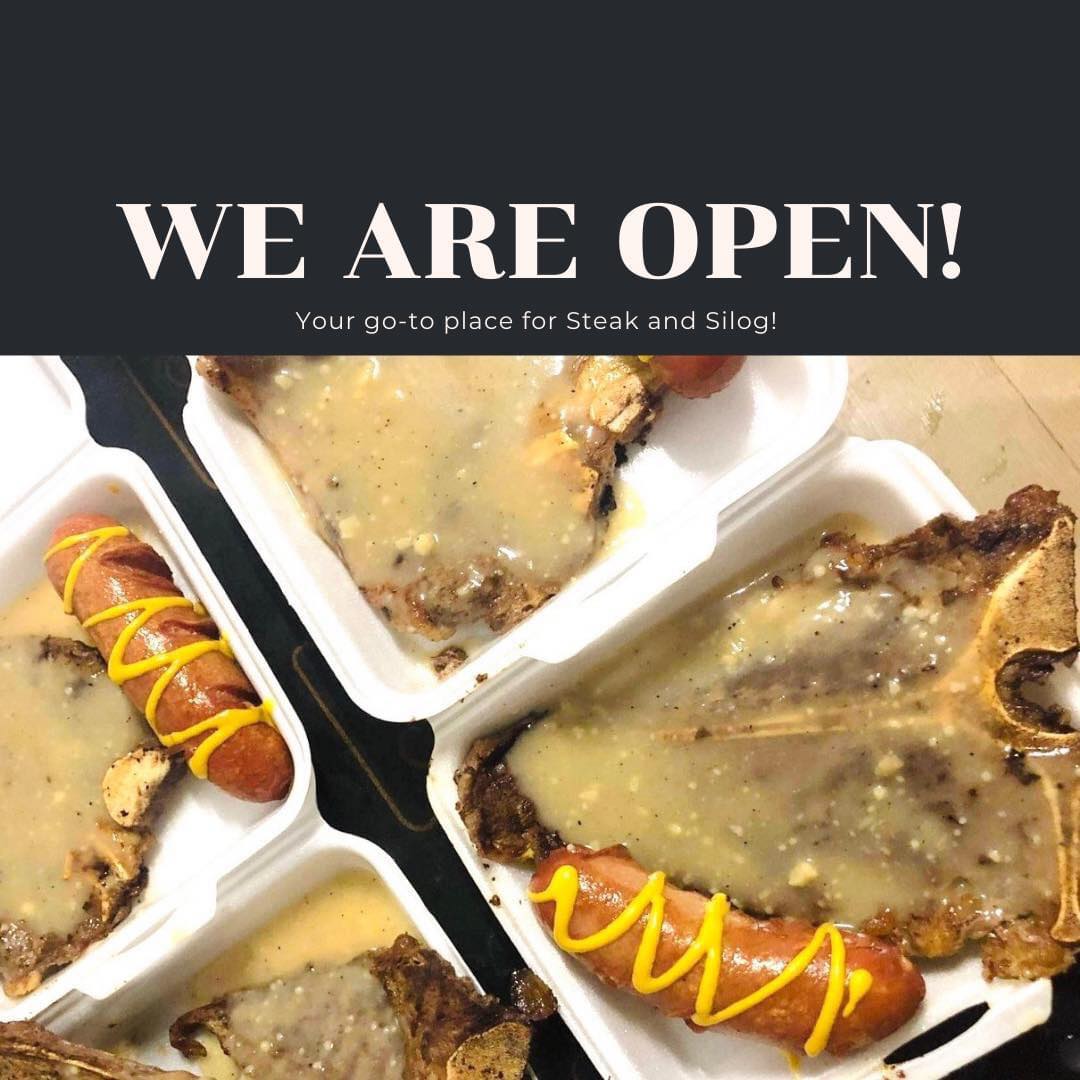The Medical City launched Stem Cell Therapy
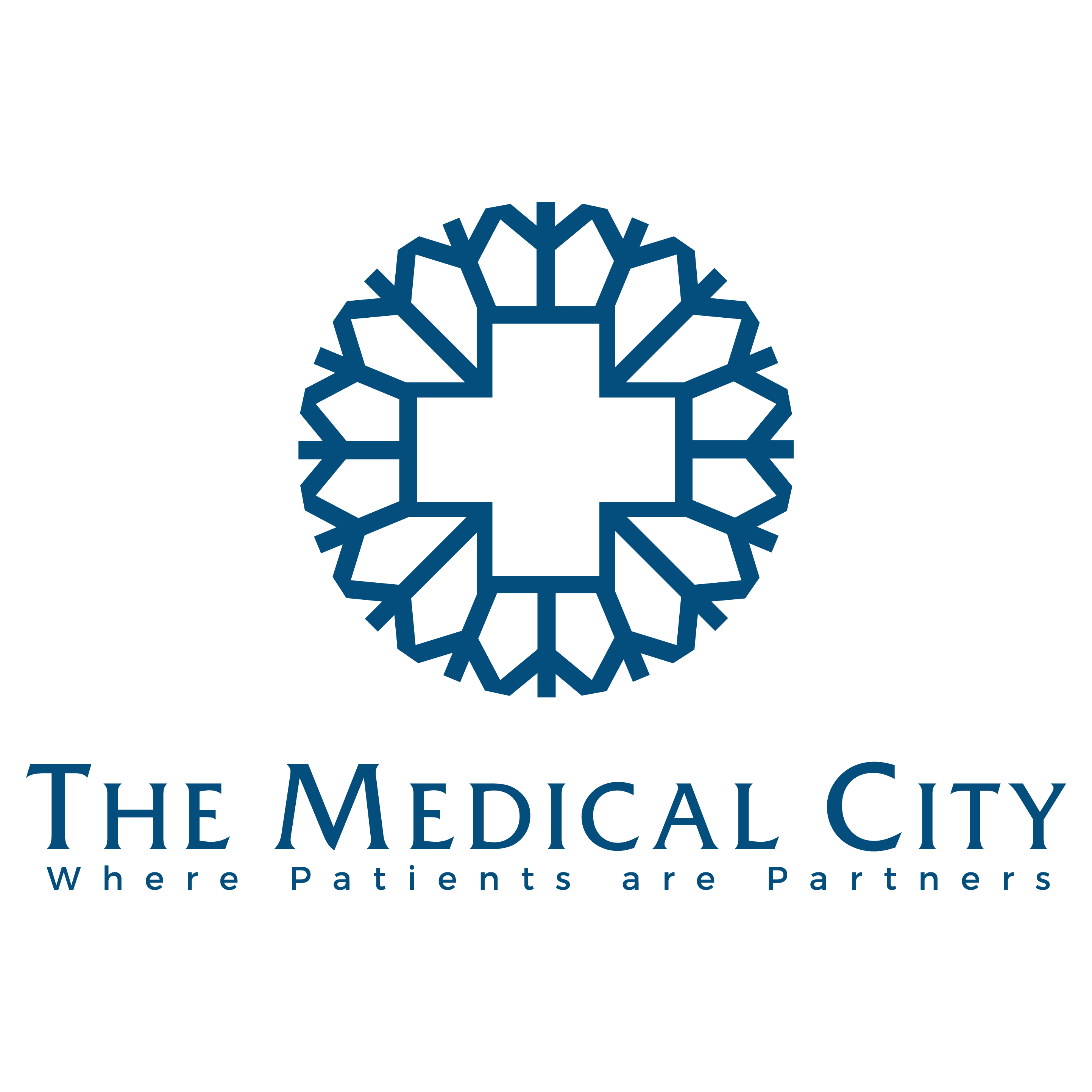
Stem Cell Transplant launched in The Medical City
The Medical City steps forward in introducing the Institute of Personalized Molecular Medicine (IPMM) in the Philippines. It has a wide-ranging approach to clinical and laboratory services in molecular and cellular therapeutics, which includes the renewal of damaged cells for patients.
“Stem Cell Transplant”, one of the services offered by IPMM promotes the stimulation of the immune function to maintain wellness and to avoid diseases that could enter the human body. Stem cells are responsible in forming all types of tissues of the body yet they are also involved in repairing cells that get damaged. This is the very function of stem cells – continuous repair. So, this latest technology helps stem cells to be able to grow, stimulate, strengthen and repair damages that occur due to various diseases that diminish stem cells inside the body.
“Every cell in the human’s body comes from stem cells. It starts once we are conceived, continues when we develop in the womb, continues after birth and even adulthood and old age”, says Dr. Samuel D. Bernal, director of IPMM.
So, all throughout, the stem cells are responsible in forming all the tissues found in the body. There are different types of stem cells that get damaged with various diseases. The best source of repairing cells comes from our blood that originates from the bone marrow. With the help of this new technology, one would be able to renew and repair damaged stem cells without being engineered.
It is the function of the immune system to destroy and kill cancer cells that would cause various problems, which will develop inside the body. And once the immune system has reached to a point that it fails to recognize mutated cells, it is when cancer starts to develop. This new recreation of repair becomes beneficial because it boosts up the immune system so that it would have the enough ability to kill infectious cells.
“In the past, we did not have human cells available to us, so maybe, if you are desperate you will take animal cells”, Dr. Samuel D. Bernal added.
According to Dr. Bernal, human cells are hard to find in the past. So, those who are in deep despair would condescend to animal cells that is rich with infectious diseases and has a long-term allergic reaction - a result of receiving cells that are not similar to human cells.
Medical specialists and scientists around the world recognize human cells as a dependable way of repairing stem cells. The only problem in using human cells as a regenerative medicine is its sophistication. Human cells are very hard to yield compared to cells that come from animals. But, when it comes to efficacy, human cells are regarded as first-class in stem cell regeneration. What regenerative medicine therapies really do is to bring back the original system and structure of injured tissues due to injury or aging, diseases and imparity. It harnesses the body so it could heal itself. This is the guiding principle of IPMM – to discover what nature offers to be able to heal itself.
Eduardo, a professor in Ateneo De Manila Graduate School has passed through a stem cell transplant after having a heart failure. He had his heart attack in 1989 and since that time, he has been on treatment. While in 1994, he had one of his kidneys removed for cancer and later on has developed diabetes. His rejection fraction (ability of the heart to pump) is 23%, which is beyond the normal range of 55%. His heart was then deteriorating.
“I had hard time breathing that I would pant while going up the stairs. I had an oxygen tank in my room, just in case. And I had several episodes. I go to the hospital because of respiratory stress. Of course, my diabetes in 35 years progressed into diabetic retinopathy. And then my left kidney is starting to deteriorate along with my heart”, Ed said.
He had experienced several episodes of respiratory problems and upon consulting Dr. Bernal, he was given a set of transmissions. He remained very positive since the very first time he heard about stem cell therapy and true enough, his intuitive sense did not let him down. In 2010, he felt something positive this time and that is a feeling of recovery.
The principles of stem cell therapy were described in 1857 by Rudolf Virchow. This kind of therapy is not really a new-fangled discovery. Virchow is in reality a contemporary friend of our very own, Dr. Jose Rizal.
Moreover, IPMM is still planning to work further on how these stem cell therapies would be made available not only to small amount of the population but they would like to expand so it would be made available to more people in the community not only in the Philippines but all over the world.

